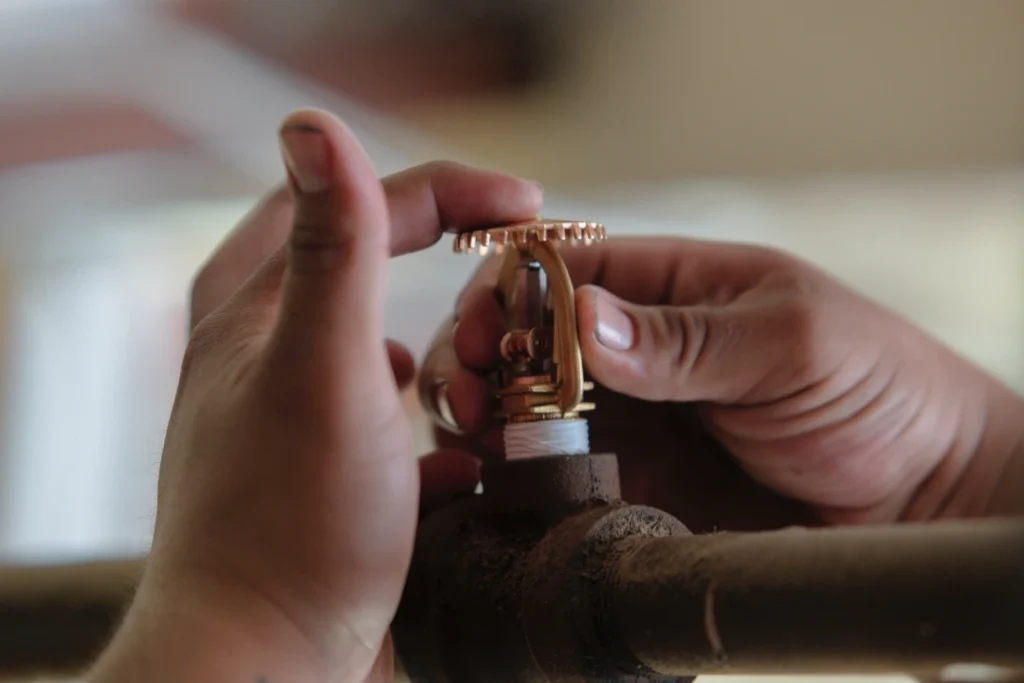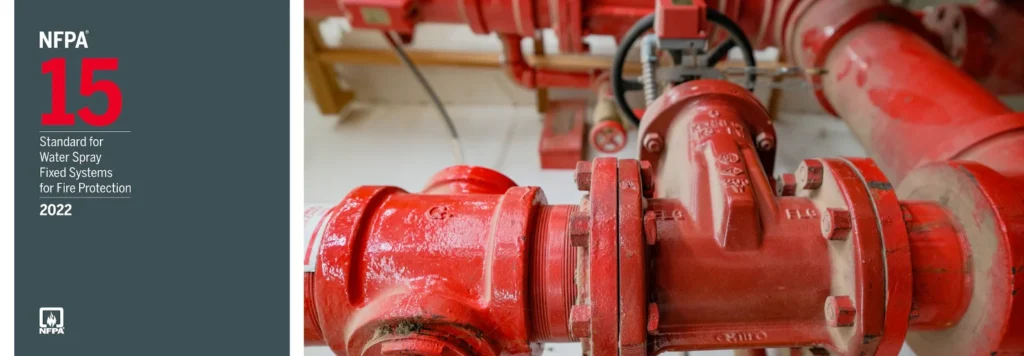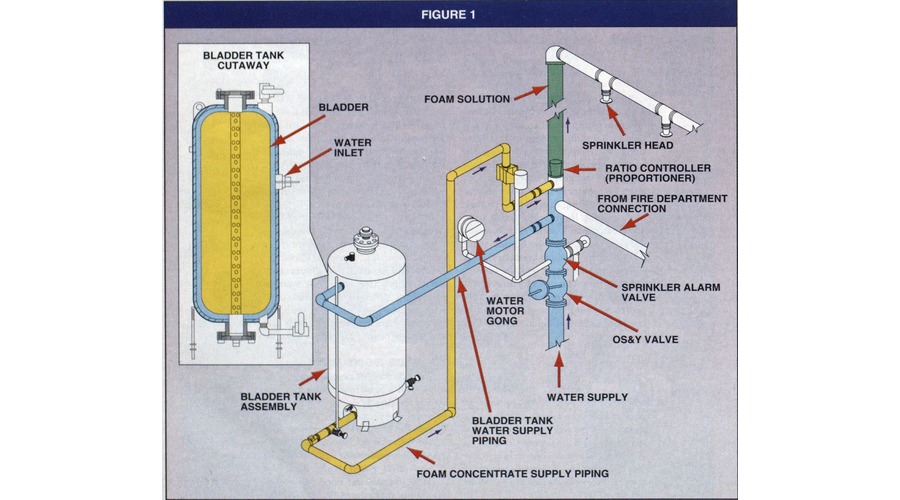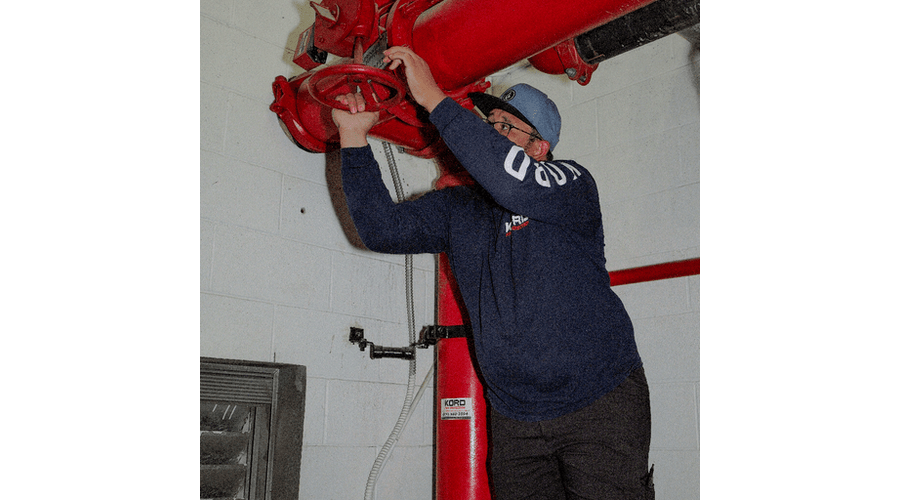Introduction: Understanding the Types of Fire Sprinkler Heads for Your Restaurant Fire Suppression System
Investing in a robust fire suppression system for your restaurant is paramount, and selecting the appropriate fire sprinkler heads is a crucial aspect of this decision. In this article, we’ll explore the different types of fire sprinkler heads available on the market, shedding light on their unique features and ideal applications. Whether you’re a restaurant owner, manager, or simply interested in fire safety, understanding these options is essential. As keeping up with fire sprinkler services and keeping you sprinkler system up to date, can make the difference of being able to help the next customer or not.
Types of Fire Sprinkler Heads
1. Pendant Fire Sprinkler Head:
The pendant fire sprinkler head is a familiar sight in commercial buildings and similar environments. This circular-shaped sprinkler hangs from the ceiling and releases water in a downward spray pattern. As the water hits a curved plate at the bottom of the sprinkler, it creates a conical spray, effectively covering a substantial area. Pendant fire sprinklers are valued for their versatility and are suitable for areas where rapid, widespread fire suppression is essential.
2. Upright Fire Sprinkler Head:
Functioning similarly to pendant sprinklers, upright fire sprinkler heads are installed vertically and point upwards. These sprinklers are typically placed at lower locations, such as on the floor, and use a deflector plate to create a circular spray pattern. Upright sprinklers are commonly found in complex layouts or industrial settings where overhanging machinery may obstruct pendant sprinklers’ effectiveness. They are also used in buildings without ceilings.


3. Sidewall Fire Sprinkler Head:
Sidewall fire sprinkler heads are wall-mounted and direct water spray in a specific downward direction. Unlike pendant sprinklers, sidewall sprinklers do not provide a full circular spray but are ideal for space-constrained environments. They are often used to navigate obstructions or in tighter spaces where conventional ceiling-mounted sprinklers are impractical.
4. Concealed Pendent Fire Sprinkler Head:
Concealed pendent fire sprinkler heads share the design of pendant sprinklers but with a significant difference – they are engineered for aesthetic integration into the ceiling. These sprinklers are concealed within the ceiling structure, with a plate covering the bottom to blend seamlessly with the ceiling’s design. When exposed to a specific temperature threshold, the plate falls away, allowing the sprinkler to activate. This design ensures both functionality and aesthetic appeal, making concealed pendent sprinklers an excellent choice for spaces where appearance matters.
Considerations for Complex Environments
In complex building designs like restaurants, it’s not uncommon to require multiple types of fire sprinkler heads to ensure adequate coverage. For instance, rooms with heavy machinery or structural impediments may benefit from deploying various sprinkler types to overcome water dispersion challenges.
However, plumbing complexities can arise when integrating diverse fire sprinkler systems. Existing conditions may not uniformly accommodate all designs, necessitating alternative approaches to ensure comprehensive fire protection.
Conclusion:
Choosing the right fire sprinkler heads for your restaurant’s fire suppression system is a critical safety decision. By understanding the unique characteristics and applications of pendent, upright, sidewall, and concealed pendent sprinklers, you can make an informed choice to protect your establishment and its occupants.
References:
- “Fire prevention 101: The basics on restaurant fire safety.” (2017). Retrieved December 14, 2020, from https://restaurant.org/education-and-resources/resource-library/fighting-fires-in-restaurant-kitchens/
- Campbell, R. (2020, December 12). “Structure Fires in Eating and Drinking Establishments.” Retrieved February 14, 2017, from https://www.nfpa.org/news-blogs-and-articles/blogs/2021/04/27/restaurant-fire-protection-basics
During 2010-2014, an estimated average of 7,410 structure fires in eating and drinking establishments were reported to U.S. fire departments per year. These fires caused annual losses of three civilian deaths, 110 civilian injuries, and $165 million in direct property damage. Cooking equipment is the leading cause of these fires (61% of incidents). Electrical distribution and lighting equipment and heating equipment each accounted for 9% of fires. Cooking materials were the item first ignited in 43% of the fires in eating and drinking establishments. Seven out of ten (68%) of fires in eating and drinking establishments stay relatively small and do not spread beyond the object of origin.
Keep Your Business Protected
Kord Fire Protection is your go-to when it comes to replacing a commercial sprinkler head to installing a full restaurant sprinkler system, we’ll deliver reliable solutions tailored to your needs. Contact us today to ensure your property stays safe and compliant.




